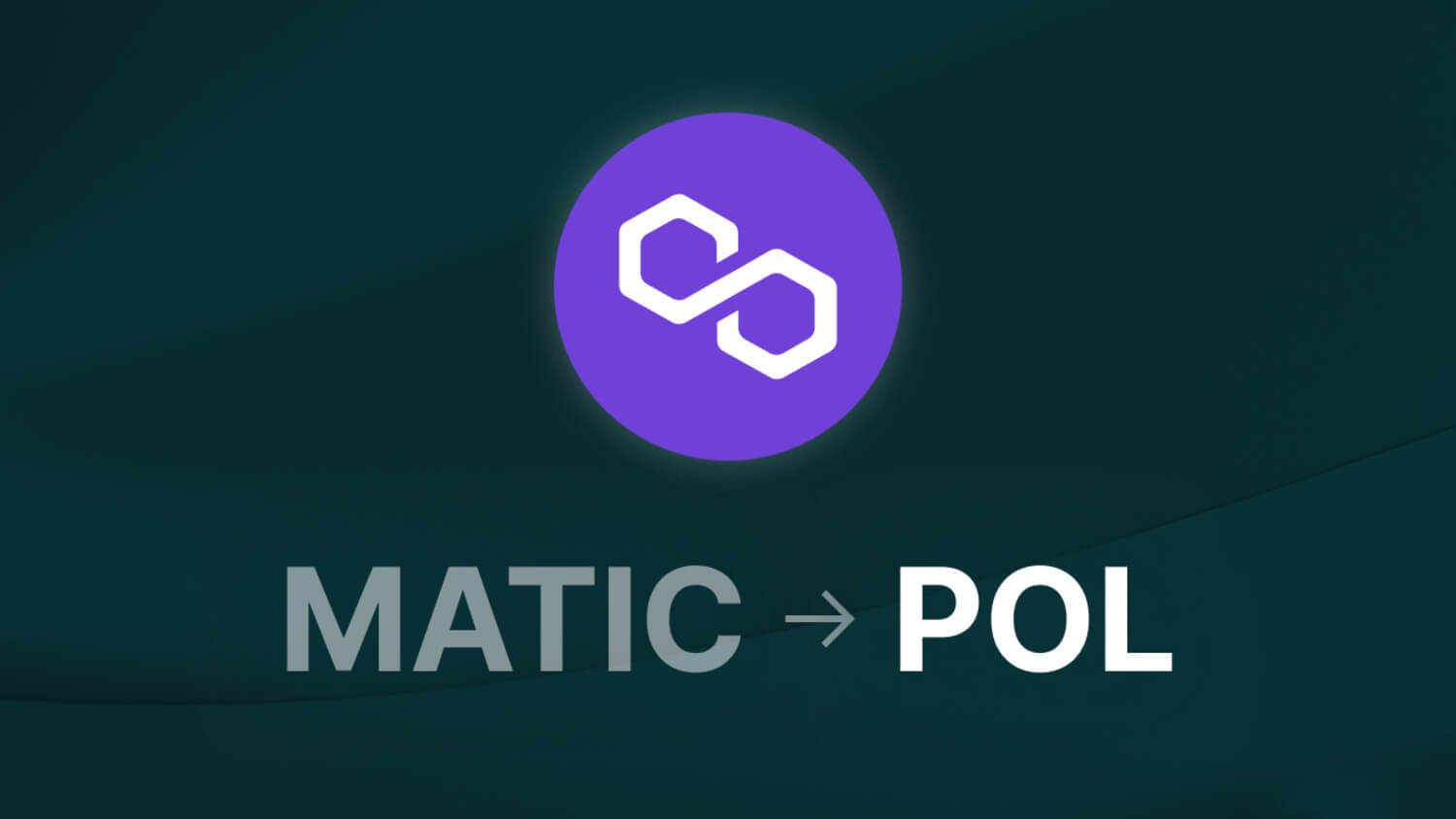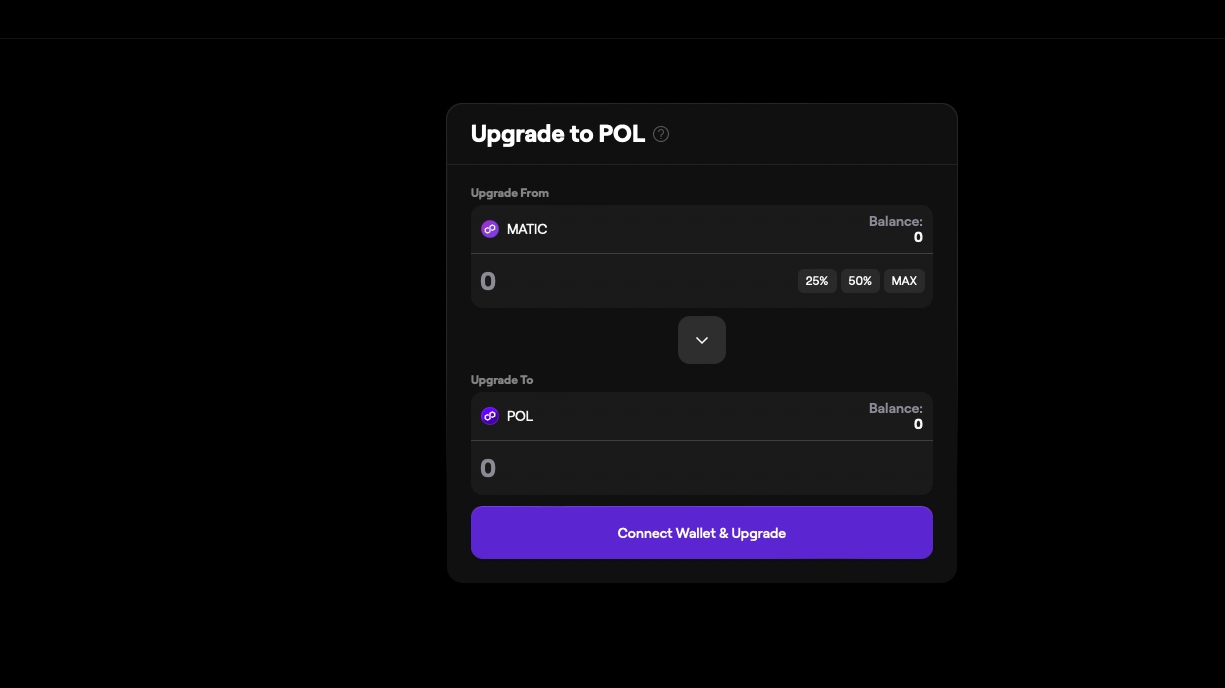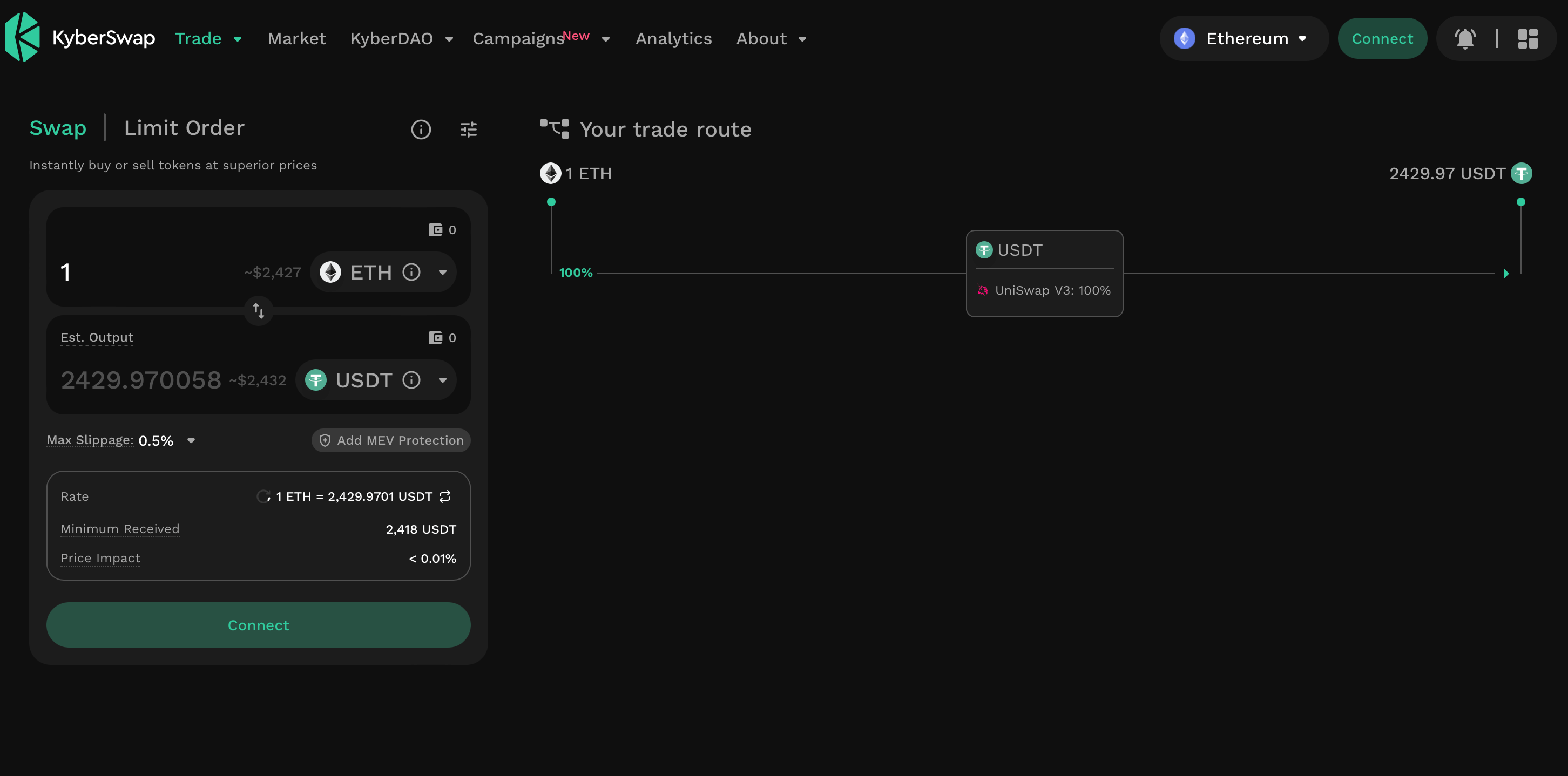Polygon network has started the transition from MATIC to POL token. What should cryptocurrency holders do?
On 4 September, the migration phase from MATIC to POL, a new token on the Polygon network, kicked off. The official website of the platform notes that in the initial phase POL will replace MATIC as the native token for gas payment in transactions and in steaming. That said, in subsequent periods, the community can vote to expand POL’s features beyond their current set.

MATIC was one of the big hits of the previous bullrun amid the hype around Tier 2 networks, which arose due to regular congestion on the Etherium network and very high transaction fees there.
Specifically, it was valued at 1.7 cents on 1 January 2021, while on 27 December the crypto asset hit an all-time high of $2.92. That’s the equivalent of a 171-fold increase over the course of less than a year.

Chart of the change in the value of the MATIC cryptocurrency in 2021
However, on the current growth cycle of the coin industry, MATIC is not behaving in the best way. For example, it has declined by 30.8 percent on the scale of the last year.
At the same time, the asset’s current rate is lagging behind its all-time high by as much as 87 per cent.

The lag of the current rate of the MATIC token from the historical maximum of its price
In comparison, the same result of Solana SOL is 49 per cent, which allows us to count on new records for the price of the asset.
A new token in the Polygon network
The idea of migrating to POL was proposed within the community back last year during the consideration of an upgrade called PIP-17. Efirium-based POL contracts were also launched last October.
Polygon’s official website explains the essence of the upgrade to POL as follows.
POL is a long-awaited upgrade – mainly because it further expands the capabilities of Polygon’s native token to reflect and reinforce Polygon’s vision of an ever-growing network of aggregated blockchains. POL is a token that can be used to provide valuable services to any blockchain in the Polygon network, including AggLayer.
AggLayer is a technology within Polygon that provides a transaction aggregation layer of different blockchains. In general, it is a layer designed to increase network bandwidth and reduce transaction costs by aggregating multiple transactions into a single transaction.

Polygon blockchain project founder Sandig Nejlwal
The transition to POL in test mode took place on 17 June. On 4 September, the transition from MATIC to POL in the main network of the project started, and in an equal ratio of 1:1. In general, the process will happen automatically, but some users will still see MATIC in their wallets. As the representatives of the project explain, this is normal and means only the fact that the RPC-synchronisation has not been updated in the wallets yet.
All MATICs that were in Efirium network-based staking at the time of migration will be automatically converted, meaning users don’t need to perform any additional actions in this case.
Additionally, the Polygon team has not set any deadlines for the “official migration” to POL. With this in mind, users can manually complete the process as they see fit.
If the migration process does not complete automatically, you will need to use the dedicated Polygon portal to do so. Click on the link, connect your Eth wallet and conduct a transaction to update the tokens. In this way, MATIC cryptoassets will be replaced by the current POL token in equal amount.

Tool for manual migration from MATIC to POL
As experts note, such a platform is relevant for MATIC holders in the Etherium network, which will not be automatically converted to POL.
However, that’s not all. For example, developers of some decentralised applications have independently integrated a contract for asset migration, i.e. provided an interface for such operations. Accordingly, their users will be able to convert MATIC to POL without leaving the platform they are using.

Gaming office with Polygon blockchain project logos
The decentralised exchanges KyberSwap and CoW Swap are noted as examples of such platforms – with them migration will happen without additional portals.
At the same time, token holders are not allowed to send funds directly to the smart contract for migration – this will lead to the loss of coins without the possibility of their recovery. The same applies to incorrectly accessing the contract for migration, which may result in loss of access to their coins.

KyberSwap decentralised exchange logo
The transition from MATIC to POL can be considered a full-fledged new era for Polygon. According to the developers, the novelty will contribute to the growth of the network's utility and its positioning as an aggregated blockchain network. POL is also described as a "hyperproductive token" that will, among other things, support network updates in the future and ensure the security of the blockchain. So we can only hope that the procedure will go smoothly and users will not lose their coin holdings due to a migration error.















